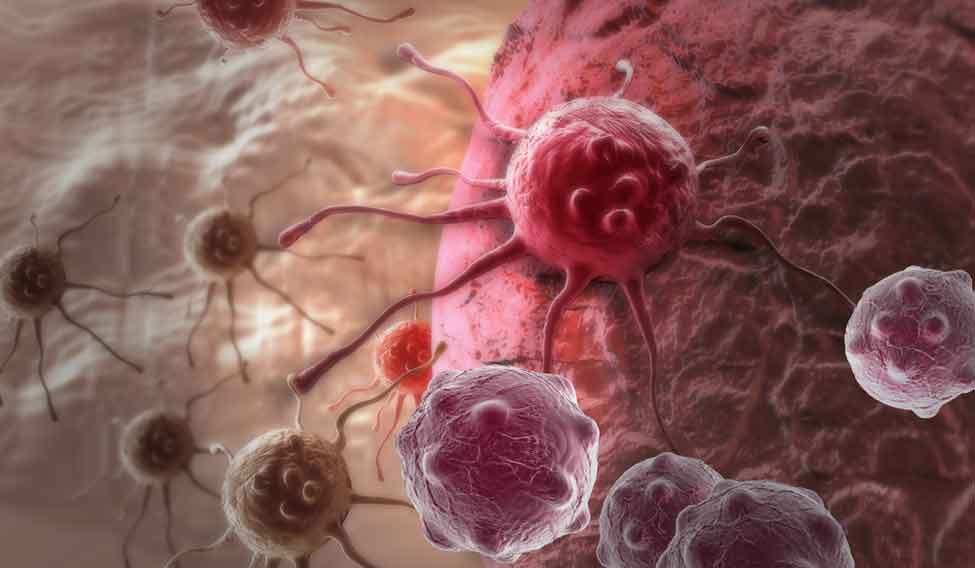The fight against cancer has turned a full circle. For a long time we knew that cancer is uncontrolled cell growth. Normal cells acquire this potential due changes in DNA, which could be triggered by various factors ranging from hereditary, chemical or environmental. Therefore, instead of trying to find a cause for cancer, it makes sense to carefully analyse the changes happening inside a human body, as every person has the potential to develop cancer.
Over the last two decades, a lot of advances have happened in the field of molecular diagnostics. Cancer cells are shown to display many changes, called mutations, in their DNA structure. The mutations cause the cells to grow unchecked and to metastasise. Some common mutations are know to occur in the EGFR gene in lung cancer, KRAS gene in colon cancer, Her 2 gene in breast cancer and BRAF mutation in melanomas. We already have drugs that can block these genes, leading to a dramatic reduction in the size of cancer cell mass. However, cancer cells show enough intelligence to find other pathways to grow, thus making the drugs ineffective. It is not possible to take a biopsy with a needle frequently as the lesions may not be easily accessible and repeated biopsy can cause considerable discomfort to the patient.
Circulating tumour cells (CTC) as well as DNA shed by cancer cells can be detected in the blood of patients. The number of these cells increase proportionately with the stage of the cancer. In advanced tumours, their numbers reduce with effective treatment, going up when cancer relapses. This is also referred to as “liquid biopsy.” Earlier, it was difficult to characterise the tumour cells as 1 ml of blood contains millions of normal cells also. It is like searching for a needle in a haystack. Latest technological developments such as droplet digital PCR (ddPCR), next-generation sequencing (NGS), and PointMan DNA enrichment technology and the downstream analytics being applied to liquid biopsies have made it possible to reproducibly detect mutations at very low frequencies.
Today, advancements have made it possible to carry out whole genome sequencing and mapping of deleterious changes in a short time. In the future, all cancer patients will have their genome mapped at diagnosis. By doing that, instead of treating them with chemotherapy, which kills all actively growing cells non-specifically, we should be able to administer targeted agents against actionable mutations, thus reducing the side effects. Later, as new mutations develop, the same can be understood through liquid biopsy done at regular intervals. This will help to change the medication and regain control over cancer.
Gene therapy is another exciting area. Cancer can be viewed as the quest of the cell to be immortal and controlling cancer at a molecular level is the best step towards early detection and long-term control.
Dr Arun Warrier is Consultant, Medical Oncology, Aster Medcity, Kochi, Kerala







